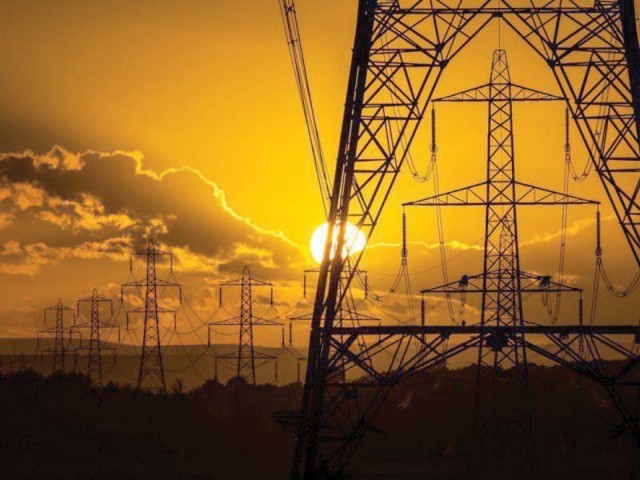Power tariffs will rise. With or without the IMF. The IMF’s wishes will be known soon. The word is that the Fund wants the government to make upfront recovery of Rs200 billion in power tariffs. That roughly translates into Rs1.93 per unit or 19 percent increase from current rates. As it is, it will be very hard for the government to do, and harder for the people to take.

Not that any price increase is ever welcome. But recall that power price for some went up in January 2019 and for others, it went down. If the proposed increase is equally spread to all consumer categories – it would be relatively less painful. But things are not as simple, when it comes to energy consumer pricing. There are various factors at play, and there is no way an increase can be levied equally across all consumer categories.
The bulk of consumption is in the domestic sector, with a share of 48 percent with nearly 50 billion units. The average current tariff for domestic consumers is Rs9.62. Last round of price revision in January 2019 was not a big dent on domestic consumers, as 78 percent of domestic consumers using up to 300 units faced no increase.

The increase for next two slabs was 10 and 15 percent respectively, slated to fetch no more than an additional Rs14 billion over the course of a year. Surely, some burden will now have to be picked by the category up to 300 units. One, because these are not ideal times and the IMF would not be willing to set aside room for much subsidy. Second, the last prices revision seen by categories using up to 300 units was in October 2013. The lowest slab can still be exempted from increase, having a share of only 2.5 percent. But continuing to shield the other categories will be very difficult.
But the catch is that if the average tariffs are to go up by 19 percent in a go – the impact on domestic sector will be much more than 20 percent. Why? Because in January 2019, the government had opted to extend relief to both industrial and agriculture consumers. The average tariff for industrial consumers sits at Rs9.55 per unit, while that for agriculture is Rs6.04 per unit, with consumption share of 25 and 11 percent, respectively. (See: Power tariffs: tough sell, published May 10, 2019)
Supporting the industrial sector in general and export oriented industries in particular, has been one of the very few clearly laid out policies of the PTI government. Already faced with slow economic growth and negative industrial growth in the last two quarters, it seems very unlikely that energy will be priced higher again for industrial consumers.
Much hopes have been pinned on the success of export package, a key part of which is competitive energy pricing, based on which, a few players are already engaged in expansion activities. Rolling that back within six months is unlikely, and could be suicidal. Reducing agriculture power tariff was also tipped as a cornerstone of the party’s policy – and taking that back in times when other input prices are on a rise – and output has not been that great – does not seem too likely to happen.
So, industrial, agriculture, and baseline (up to 50 units) domestic consumers take out 38 percent from the equation. Passing on the impact to 62 percent of consumers will require an average increase of 26.5 percent across all other categories. This also includes nearly 75 percent domestic consumers, making 35 percent of total consumption, who have not faced a revision in almost six years.
Some would say, it makes fair sense to increase price once in six years. On the other hand, it is increasingly difficult to tell people to face all the brunt at the expense of industries. It may make good sense in terms of economic valued added – but try telling that to people consuming up to 300 units.
Knee-jerk could be counterproductive. Phasing out the tariff increase could work. The subsidies could be reduced to half from Rs140 billion to Rs70 billion – and the impact on tariffs could be limited to as much. Too bad, the situation has come down to damned you do, damned you don’t!























Comments
Comments are closed.